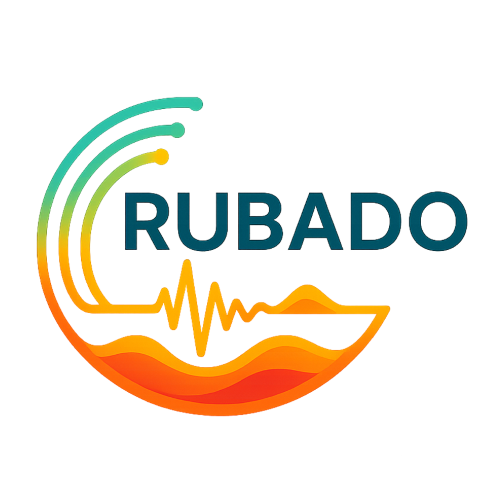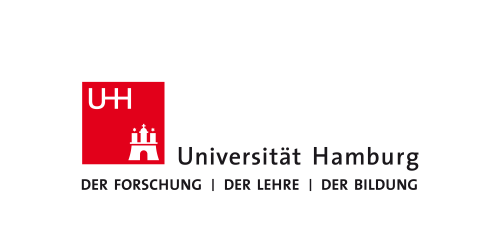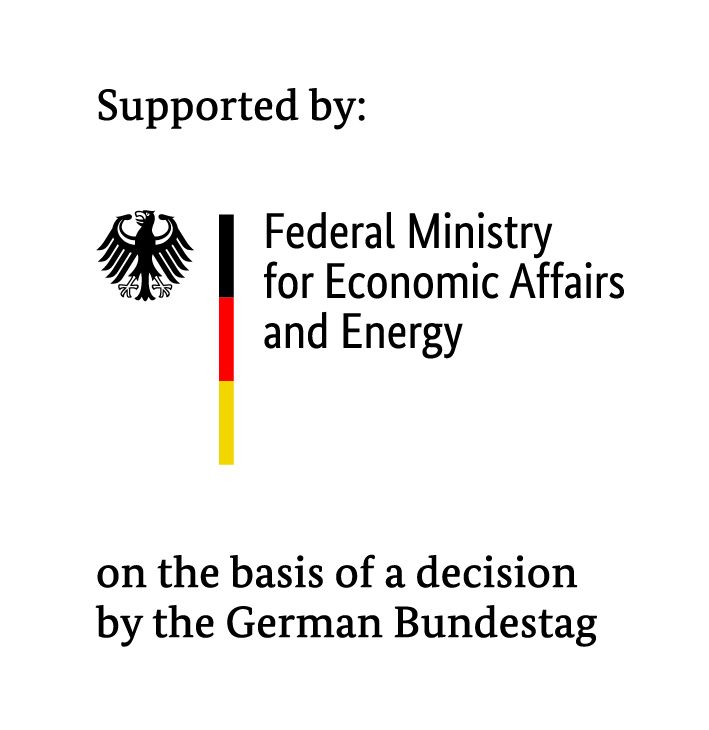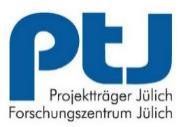RUBADO
Geothermal Reservoir Monitoring and Seismic Imaging with Dark Fibers in the Upper Rhine Graben
The utilization of deep geothermal energy is an key component within the broader context of the energy transition. At the same time, the development of deep geothermal reservoirs is associated with seismic risks that require careful monitoring, especially in urban areas. Conventional seismic measurement systems, such as three-component seismometers, have long been used to this end. Yet, each sensor only provides point-based information and the installation of a network, often tailored to a single geothermal project, demands a certain effort.
 The idea: Dark fibers as sensors
The idea: Dark fibers as sensorsDistributed Acoustic Sensing (DAS) is a technology that turns existing fiber optic cables into dense seismic arrays by transforming them into a network of “virtual” sensors, evenly distributed along the cable. Each of these sensors continuously records seismic data.
The RUBADO project investigates both the potential and the limitations of applying DAS to underutilized fiber optic cables (dark fibers) in existing telecommunication networks. Its goal is to systematically evaluate the suitability of this technology for seismic monitoring and subsurface characterization of geothermal reservoirs in the Upper Rhine Graben.
What makes it special:
-
A dense seismic coverage using existing telecommunication infrastructures, enabling large-scale seismic observations without the need for deploying conventional equipment.
-
By leveraging the wide reach of telecommunication networks, the approach makes it possible to bridge multiple geothermal sites and align their monitoring requirements within a shared, integrated system.
Research focus areas in RUBADO:
-
Large-scale DAS measurements in the Upper Rhine Graben, simultaneously on multiple dark fibers, covering geothermal plants in operation, under development, or in planning, serving both seismic monitoring and subsurface characterization.
-
Investigation of the practical implementation of the concept, in particular development of a mobile high-frequency source for characterization of DAS sensing points along the optical fibers.
-
Application of machine learning methods to efficiently extract relevant signals from large-scale datasets.
-
Validation of data and results through comparison with collocated geophones and existing seismic networks in the region.
-
A particular highlight is a measurement campaign during the drilling of a deep (~1.4 km) exploration well on KIT Campus North, as part of the DeepStor project. The noise of the drill bit will be used as a continuous and moving seismic source to generate a local velocity model of the subsurface.
By focusing on these areas, RUBADO advances the standardization of measurement and analysis procedures for DAS-based seismic monitoring. The workflows developed will be made available to operators, authorities, and research institutions, thereby facilitating the transfer of DAS technology into practical use. In doing so, RUBADO contributes to the safe integration of deep geothermal energy into the energy mix and promotes the further development of modern seismic observation methods.
Dr. Jerome Azzola
Akademischer Mitarbeiter – PostDoc
Akademischer Mitarbeiter – PostDoc








